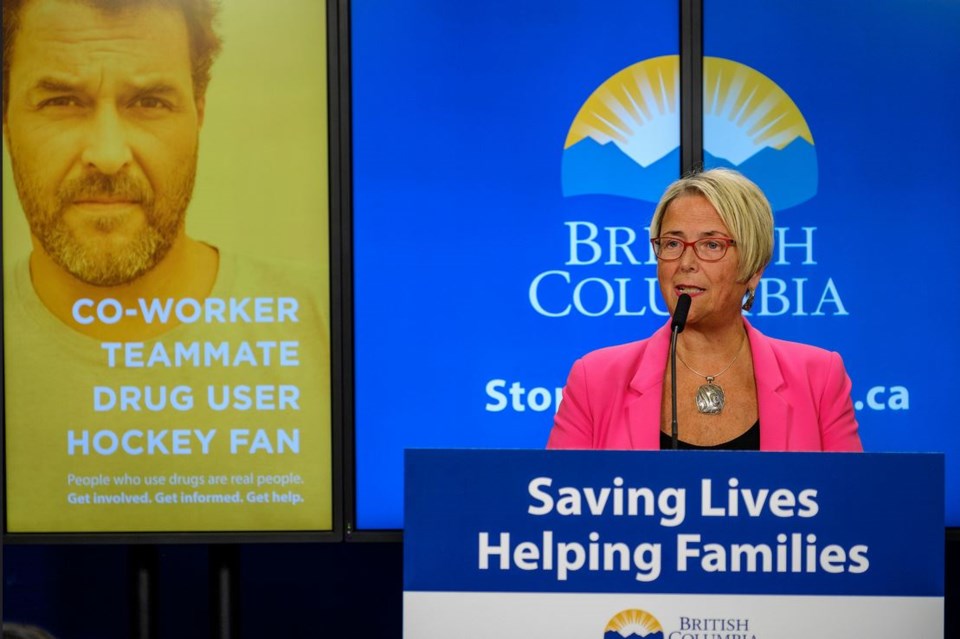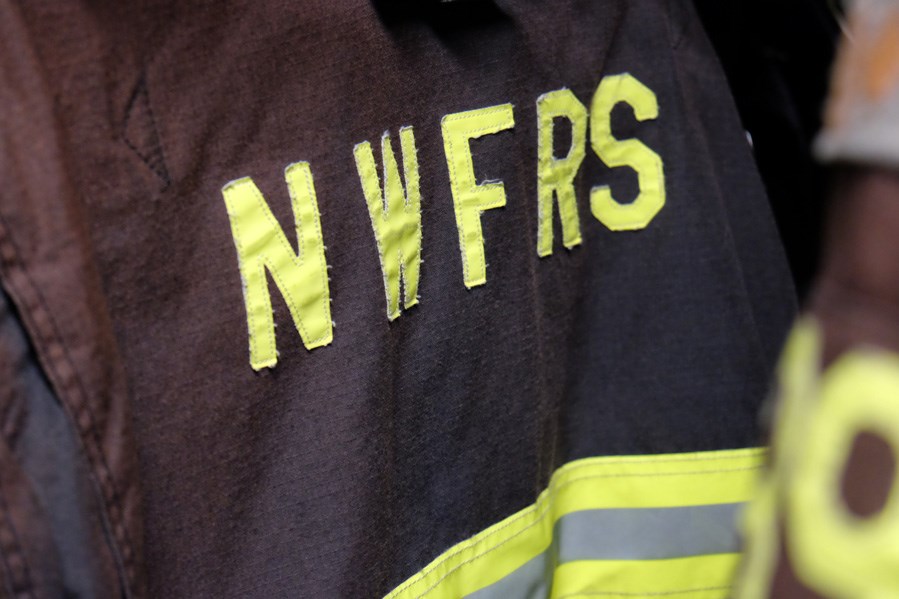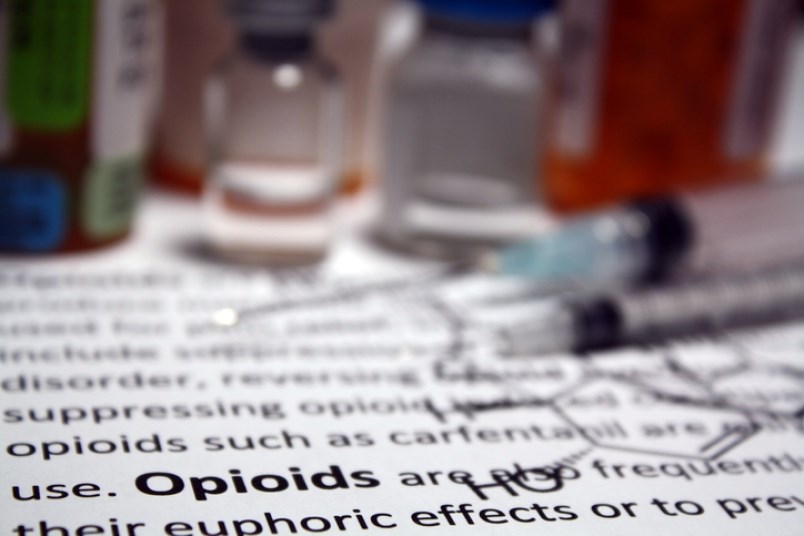The City of New Westminster is pursuing safe consumption site and a safe drug supply at a time when deaths from overdoses are on a rapid rise in British Columbia.
In New Westminster, there has been an average of 2.4 deaths per month in the first five months of 2020, compared to an average of 1.5 deaths per month in the first five months of 2019, which represents an increase of about 63%, states a report to city council.
According to the report, 12 illicit drug overdose deaths occurred in New West from January to May 2020.
“The illicit drug overdose death rate in British Columbia has increased sharply in the first five months of 2020, with the highest monthly total of 170 deaths recorded in May 2020,” said the report. “Provincial medical experts have reported an increasingly toxic dug supply, a higher propensity to use drugs alone, declining mental health and increased substance use during the COVID-19 pandemic.”
On July 13, city council directed staff to develop an overdose response action plan in collaboration with the New Westminster Overdose Community Action Team. Staff will also work with Fraser Health to explore an overdose prevention site in New West.
The City of New Westminster will also work with Fraser Health, with input from the New Westminster Overdose Community Action Team, to explore a safe supply program in New Westminster.
“Since 2014, there has been a significant increase in illicit drug overdose deaths in New Westminster,” said the staff report. “Between 2014 and 2019, New Westminster’s illicit drug death overdose rate was higher than the provincial average in five out of the six years.”
According to the report, there were nine overdose deaths in New West in 2014, 12 in 2015, 10 in 2016, 24 in 2017, 36 in 2018 and 18 in 2019. The death rate in New Westminster was higher than the provincial average every year between 2014 and 2019, with the exception of 2016.
The report states there is evidence that overdose prevention and supervised consumption sites save lives and reduce the rate and spread of infectious diseases.
“They also facilitate enhanced access to drug treatment, rehabilitation and recovery services,” said the report. “Overdose prevention sites typically provide clean supplies and allow for the safe disposal of needles; facilitate education and information-sharing; enable individuals to consume substances under the supervision of someone who can respond in the event of an overdose; and serve the larger community.”
The report states that public health advocates recommend the implementation of safe supply programs as a key intervention to respond to increasing overdoses and overdose deaths.
“Safe supply is defined as a ‘legal and regulated supply of drugs with mind/body altering properties that traditionally have been accessible only through the illicit drug market,’” explained the report “Anticipated benefits of safe supply programs include: fewer people experiencing withdrawal symptoms; fewer people at risk for drug overdoses; and more people able to self-isolate, reducing the spread of infection and demand on an overtaxed health-care system.”
The New Westminster Overdose Community Action team, which is chaired by Fraser Health and the Lower Mainland Purpose Society, includes members from a wide variety of groups, including nonprofit organizations, health agencies, the City of New Westminster and the Ministry of Social Development and Poverty Reduction. It offers a variety of initiatives, including a peer support program.
“Purpose staff have administered Naloxone on many occasions so we are keenly aware of the need for an overdose prevention site in New Westminster,” said Lynda Fletcher-Gordon, program director at the New West-based society. “As part of the Community Action Team project, Purpose is actively looking for a way to secure space to create a place for an overdose prevention site and to house programs for peers that have been established by the CAT.”
Fletcher-Gordon said the Purpose Society has established a new clinic that will provide substance-use treatment options to folks who will benefit from them. Starting July 15, patients can receive a variety of services at its Begbie Street office between noon and 4 p.m., including point of care testing (HIV, HCV, COVID-19), opioid agonist therapy and other substance use treatment options; and primary health care.

June a record month for overdoses
British Columbia has once again broken a record that no one wants to top.
The BC Coroners Service has announced that statistics on illicit drug toxicity deaths and fentanyl-detected drug deaths for the first six months of 2020 show there were 175 illicit drug toxicity deaths reported in June. That’s the highest ever monthly death count due to illicit substances, topping the previous high of 171 deaths reported in May 2020 and the 161 deaths reported in December 2016.
B.C. has now recorded four consecutive months with more than 100 illicit drug toxicity deaths.
"For the second month in a row, this province has experienced the highest number of deaths ever as a result of illicit substances with 175 lives lost, leaving behind grief and frustration, while this public health emergency carries on into its fifth year," Lisa Lapointe, chief coroner with the BC Coroners Service, said in a news release. "We know the COVID-19 pandemic has impacted people who use drugs, as it has all British Columbians. Access to key harm-reduction services has been a challenge, and our social networks are smaller.”
According to Lapointe, the risks of the illicit market are unmanageable, and access to safe supply for those with this medical condition is essential to save lives.
"The number of lives lost over more than four years of a public health emergency is heartbreaking. That each one of these deaths was entirely preventable makes this emergency all the more tragic," said Dr. Perry Kendall, co-interim executive director at the BC Centre on Substance Use. "It is quite clear what needs to be done: invest in a public health approach to substance use that promotes the health and equity of people who use drugs. This must include not only decriminalization, but also pharmaceutical alternatives to the toxic drug supply. Alongside investments in an evidence-based substance-use system of care to support recovery, treatment and harm reduction, these are the critical steps needed to finally end this emergency."
According to the BC Coroners Service, there have been 728 illicit drug deaths in B.C. so far in 2020, and the number of deaths in each health authority is at or near the highest monthly totals ever recorded.
"Creating a permanent, accessible safe supply and decriminalizing people who use drugs are both urgently needed to stop overdoses and should have happened long ago," said Guy Felicella, peer clinical advisor at the Overdose Emergency Response Centre and BC Centre on Substance Use, in a press release. "I'm tired of waiting for what's necessary when the calls for these changes have been made over and over again. And I'm tired of seeing people die while waiting for access to a safer supply or access to detox or to get into recovery. The waiting is killing people."

Naloxone saving lives
Naloxone, a medication that can temporarily reverse the effects of an opioid overdose, has become increasingly used in British Columbia to help save lives during the opioid crisis.
In a report to council, New Westminster Fire and Rescue Services states that local firefighters have administered Naloxone to 253 patients since November 2016, with 90% of those patients regaining consciousness. New West firefighters have also attended an increasing number of calls where bystanders have administered Naloxone to patients prior to their arrival.
“Since July 2018, 45% of opioid overdose incidents that the NWFRS responded to, bystanders had administered Naloxone prior to the arrival of the fire department,” said the report on overdose incidents in New Westminster. “The availability of Naloxone kits and public awareness campaigns appear successful in treating an overdose.”
According to the report, the fire department continues to attend an increasing number of calls related to overdoses associated with opioids.
“In 2019, we have experienced a 50% increase in opioid related incidents,” said the report. “In 2020 we are trending to record a 20% increase on 2019.”



